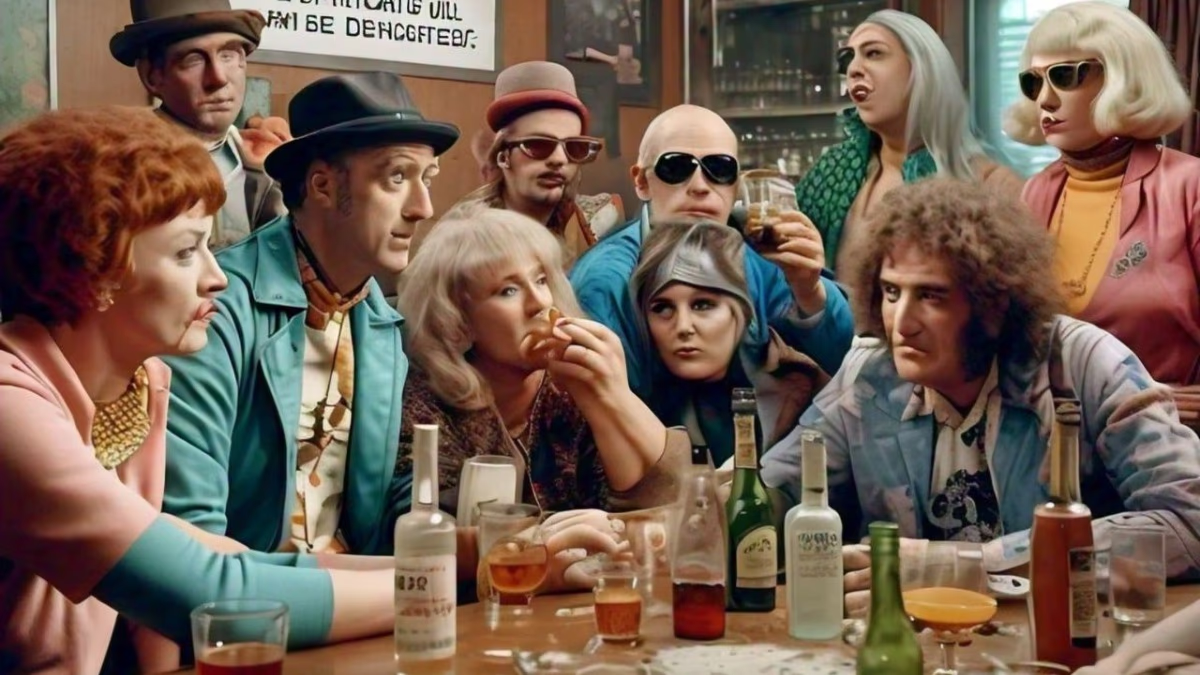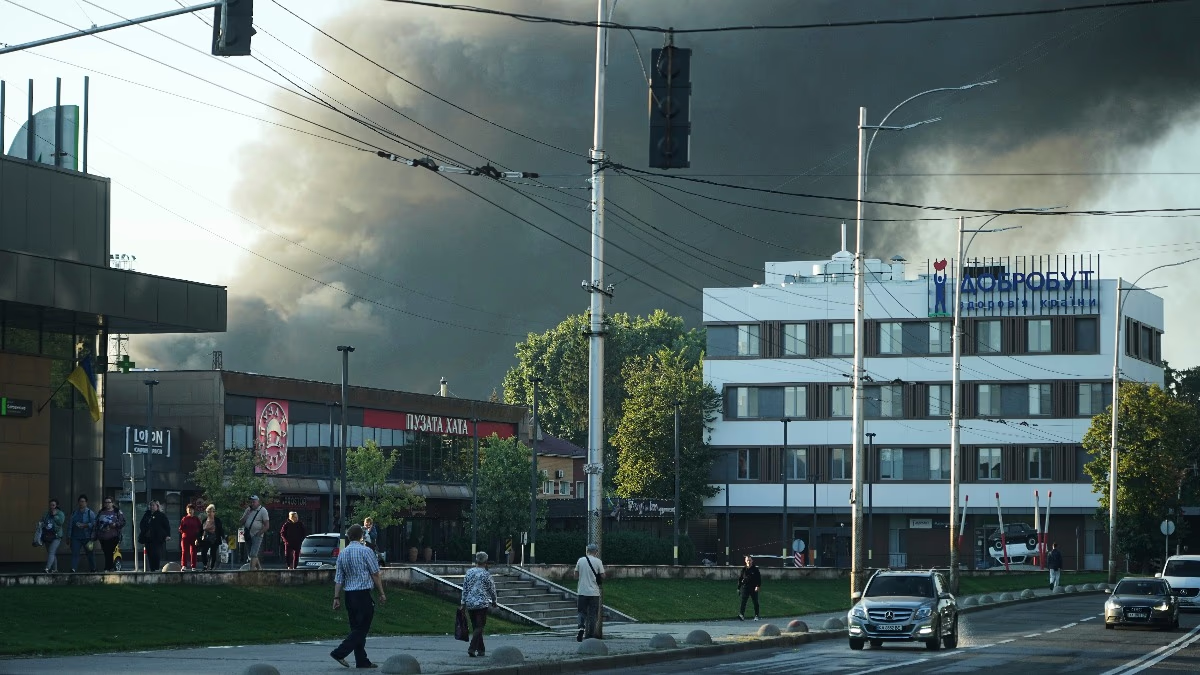To understand societal changes, we often need to look back in time. Today, alcohol in the form of wine and liquor is a common beverage in American life. However, history tells a fascinating story. Imagine a time when Prohibition was enforced in America – not for a few months, but for a long 13 years. The movement against alcohol consumption was so fierce that its truths could shock anyone.
It all began in 1920. Two years after World War I ended, America wasn't directly involved in the war but its industries were booming, supplying vehicles and weapons to European countries involved in the conflict. As wealth grew, so did factories, but so did social conflicts. On one side, there were aristocrats, while on the other, African slaves; on one side, Catholics, while on the other, Protestants; on one side, wealthy industrialists, while on the other, factory workers. With prosperity came social strife, and in the midst of this, President Woodrow Wilson announced Prohibition on January 17, 1920, causing a public uproar. It opened the door to illegal trades, creating a new power center of mafia who began to see themselves as controllers of society.
How Did the Prohibition Movement Start?
To understand the history of alcohol in American society, we must go further back to British rule. The Irish and Germans, known for alcohol production, followed British settlers to America, with the local population quickly becoming avid consumers. Large barrels of beer traveled from Europe, and everyone from farm laborers to factory workers indulged in heavy drinking. During the time George Washington fought for American independence, soldiers were rationed half a pint of rum or whiskey daily. Doctors prescribed alcohol, farm workers kept beer barrels outside their homes for a quick drink, and fishermen, hiding illegal liquor in their boots, coined the term 'bootlegger.'
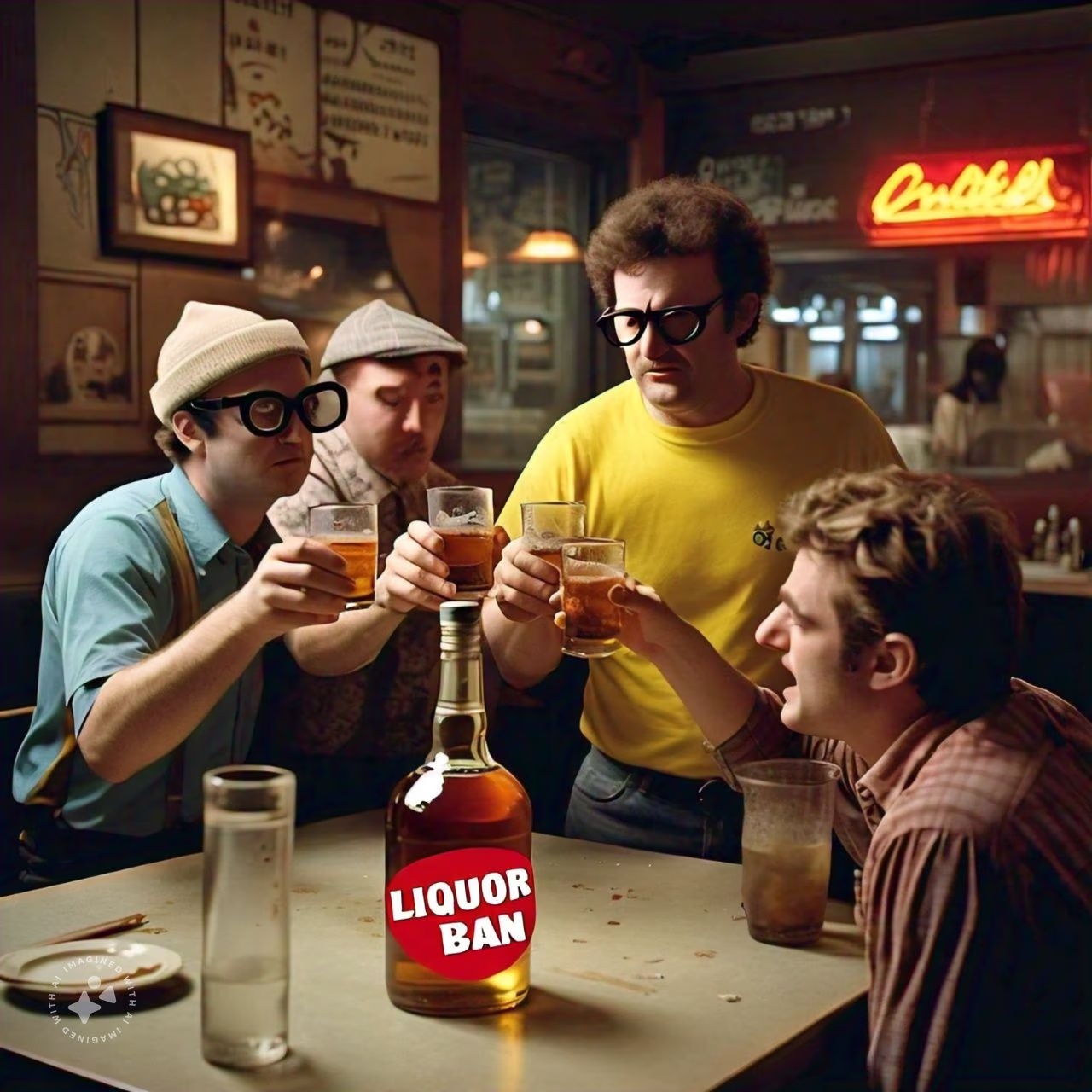
Source: aajtak
The Rise of the Cold Water Army
Just as there was opposition to slavery in America, there was growing resistance against alcohol. Critics argued that alcohol wasn’t part of American culture but an import from outsiders, a movement that started with a group called the ‘Washingtonians.’ They performed a street play called 'Ten Nights in a Bar-Room,' depicting a child trying to bring her drunken father home, only to collapse drunk herself. This later became a film. Society members began sharing their negative drinking experiences, a concept adopted by 'Alcoholics Anonymous.' Even schoolchildren formed an anti-alcohol group called the 'Cold Water Army.'
Women's Anti-Alcohol Protest
Women played a crucial role in the anti-alcohol movement. In a time when women were confined to domestic duties with large families and had no political voice, the sight of drunken husbands in taverns led to domestic unrest. Eliza John Thomson and St. Francis Willard spearheaded a significant movement against alcohol, staging protests outside liquor stores. City by city, women's groups sat in prayers, and children's books were filled with the evils of alcohol. Despite facing attacks and humiliating assaults, these women persisted in their mission.
Violent Opposition
Bars were proliferating throughout the country. By the early 20th century, America had 300,000 legal and countless illegal bars. Business meetings happened in bars, and bartenders intentionally added extra salt to meals to encourage more beer consumption. The anti-alcohol protests turned violent, led by an older woman named Carrie Nation, who wielded a hatchet and smashed bottles in bars. Despite being repeatedly jailed, her actions inspired others to take up hatchets in their crusade against bars.
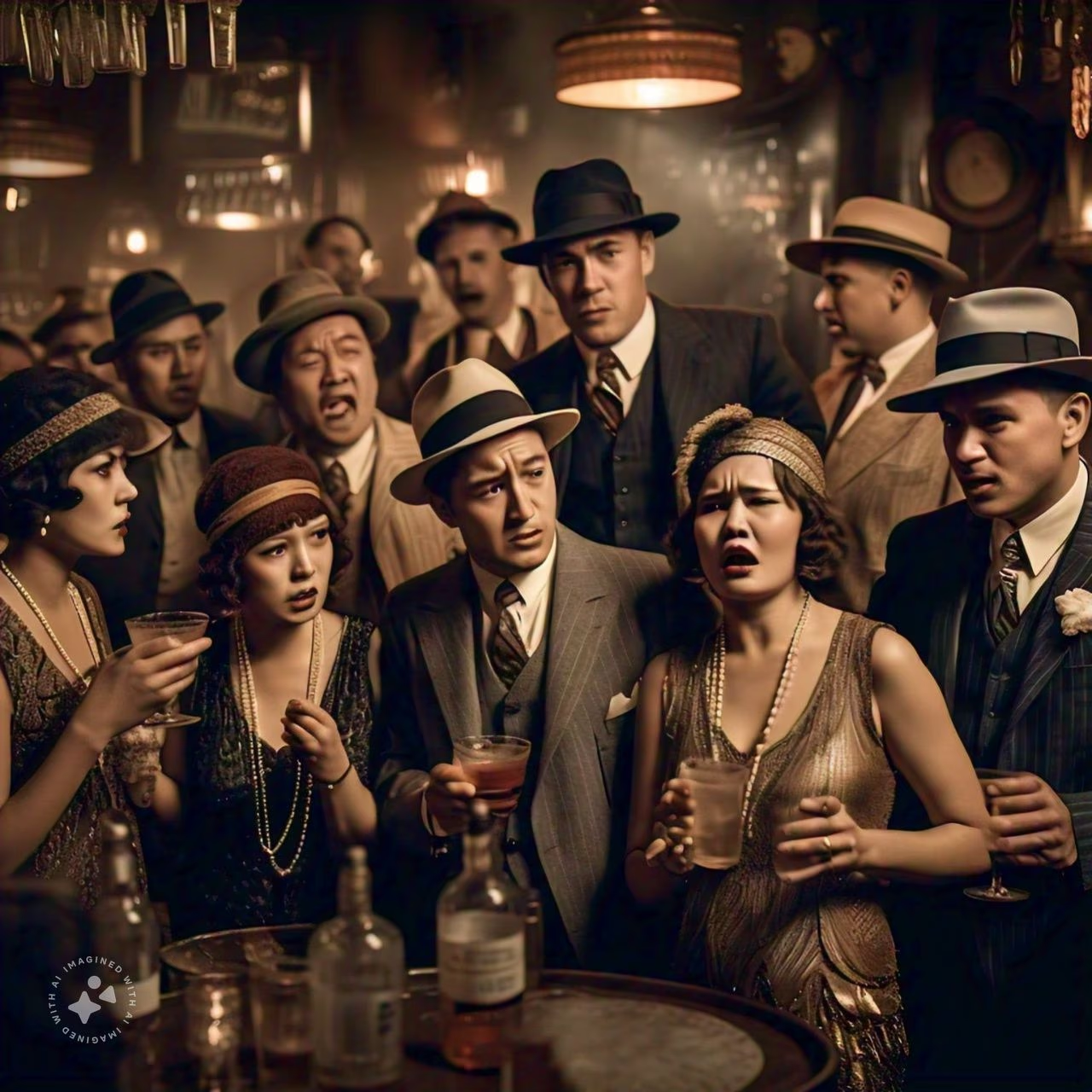
Source: aajtak
The Prohibition Law...
The government earned hefty revenue from alcohol, which became America's fifth-largest industry. The pressure mounted to increase taxes and implement Prohibition. Industrial magnates like Henry Ford and Carnegie supported the ban because their factory workers were often drunk. The breaking point was World War I, when Germans turned against America. Anti-German sentiment fueled the alcohol ban, with German liquor stores vandalized and German textbooks burned. The anti-alcohol movement gained momentum, leading thousands of women to march in Washington against alcohol. Eventually, the political fraternity decided to act, and Prohibition was legislated.
Under Woodrow Wilson, the law was formalized. The 18th Amendment passed with a 68% supermajority in 1919, approved by 46 out of 48 states. Certain types of alcohol, like those for religious or medical purposes, were exempt. Drinking alcohol was not illegal during Prohibition, but manufacturing, selling, and transporting intoxicating liquor was restricted. As of January 1920, Americans could enjoy any stored alcohol in their homes.
‘Special’ Exemptions Caused Chaos!
For most people, this meant a few bottles, but some wealthy drinkers built massive wine cellars and bought out entire store stocks to ensure a sufficient supply of legal alcohol. Some states refused to enforce the ban, and pharmacies continued to sell alcohol as 'medicine.' The exemptions led to odd scenarios, like a sudden increase in dubious rabbis and religious figures claiming the need for sacramental wine. Pharmacies could still sell 'medicinal whiskey' for everything from toothaches to flu.
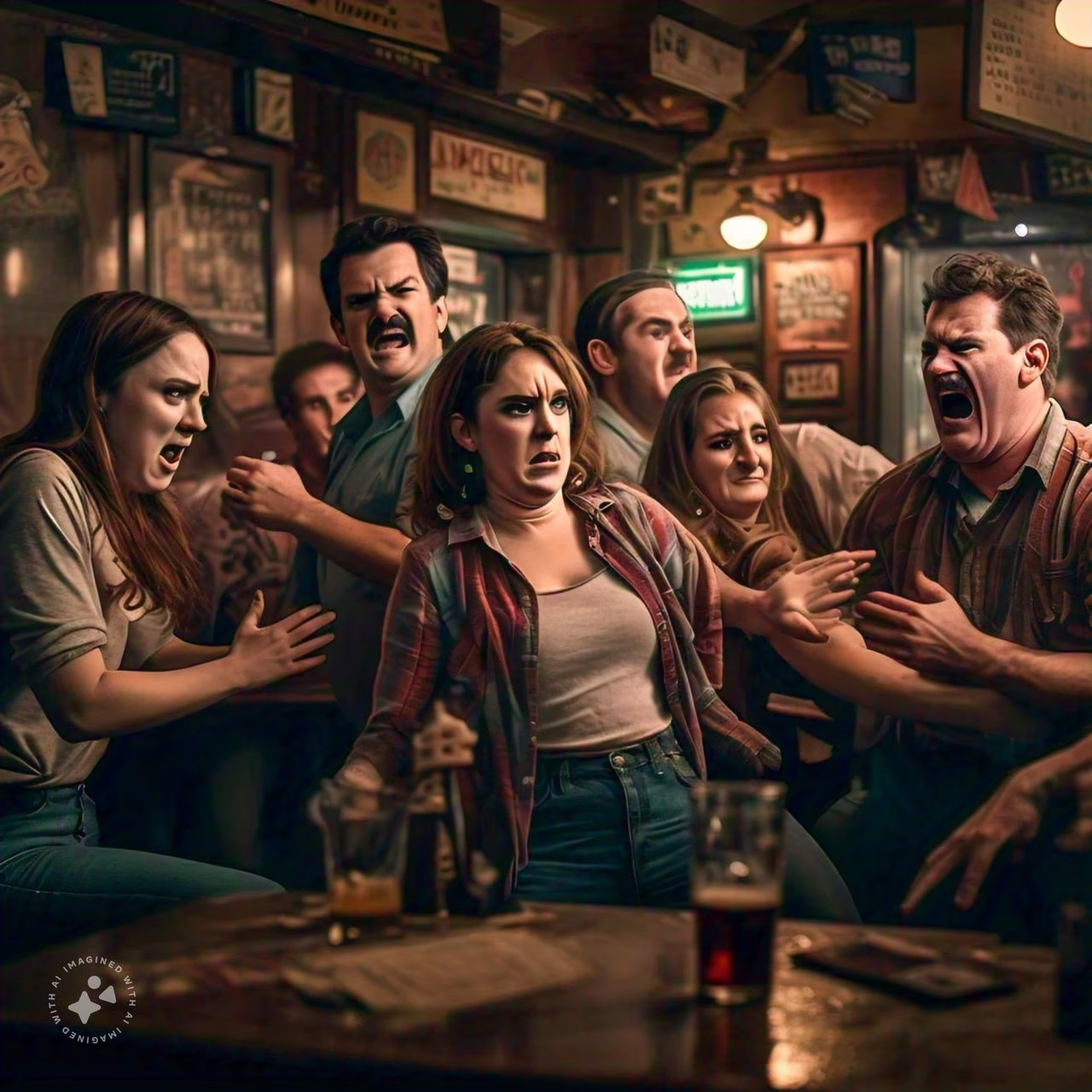
Source: aajtak
Patients with a doctor's prescription could legally buy a pint of hard liquor every 10 days. Despite illegal activities, alcohol consumption dropped significantly, by up to 70% in the early Prohibition years, according to an MIT and Boston University study. However, enforcement waned over time, leading to a resurgence in consumption.
Meanwhile, underground gangs flourished, with violence erupting in places like Chicago. Notorious gangsters like Al Capone and John Torrio amassed wealth from illegal alcohol trade, influencing politics. The Great Depression exacerbated America's troubles, with industries collapsing and factory workers unemployed. Seeking solutions, Americans looked to new leadership. When Franklin D. Roosevelt took office, he announced the end of Prohibition.
The Great Depression Paved the Way for Alcohol’s Return!
By the late 1920s, Americans spent more on black-market alcohol than ever. New York City alone had over 30,000 speakeasies, and Detroit's alcohol trade was second only to the auto industry. Amidst the Great Depression, anti-Prohibition activists highlighted the potential savings and tax revenue from alcohol. The public agreed.
During the 1932 presidential campaign, Franklin D. Roosevelt called for the repeal of Prohibition, winning by a landslide. A year later, the ban ended as most states approved the 21st Amendment, repealing the 18th Amendment. Cannons in New Orleans fired in celebration for 20 minutes. Roosevelt himself reportedly celebrated with a dirty martini, marking the end of America's 13-year Prohibition era.
Today, discussions of a nationwide alcohol ban are practically non-existent in America. However, some local governments still impose limited bans or at least apply health controls on sales and production. In a 2014 CNN survey, 18% of Americans believed there should be a ban on alcohol consumption.
